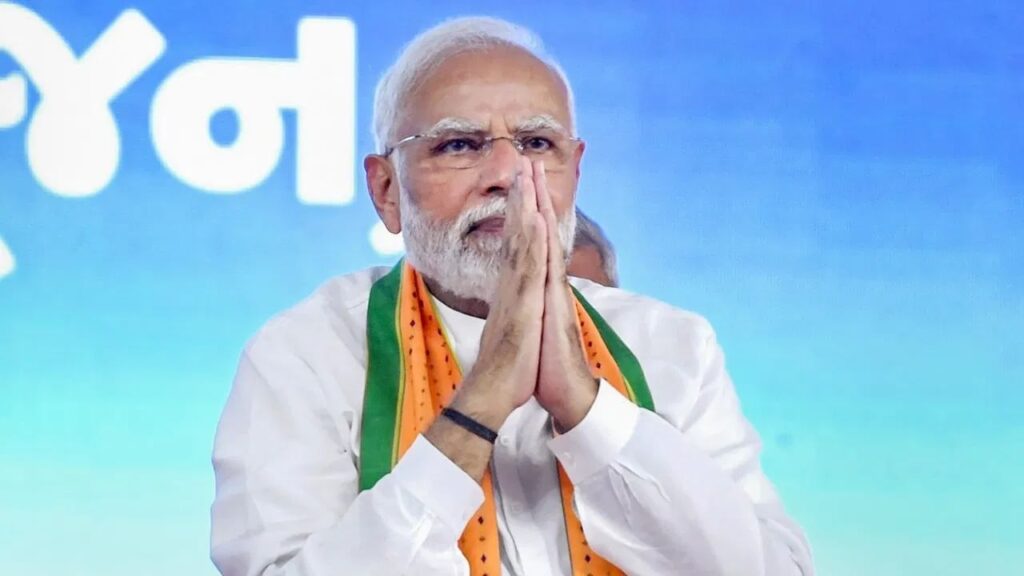On August 24, Prime Minister Narendra Modi will hold a meeting with leaders of central employee organizations. According to a public announcement, the Prime Minister will meet with members of the employee side of the National Council at 7, Lok Kalyan Marg, on August 24, 2024. However, the exact time for the meeting has not yet been confirmed. It is expected that discussions will include the Old Pension Scheme (OPS) and the New Pension Scheme (NPS).
What Are the Demands?
Employee organizations argue that the National Pension Scheme (NPS) does not provide adequate pension benefits to employees. They believe reinstating the OPS will secure the future of employees. However, the central government has not yet made any official announcements regarding this issue. Central government employees have been demanding the restoration of the old pension scheme for a long time. The upcoming meeting may also address issues such as salary increments, allowances, and other employee benefits. Let’s dive deeper and understand the differences between these two pension schemes to evaluate which one is better.
Understanding the Differences
Pension Amounts:
Under the NPS, employees regularly contribute funds during their employment. This accumulated amount is invested in market-linked securities. In contrast, the OPS provides a pension to government employees based on their final salary. The OPS typically allows employees to receive 50% of their last drawn salary as pension benefits.
Tax Benefits:
The NPS offers tax benefits under Section 80C for annual investments up to ₹1.5 lakh. Additionally, Section 80CCD(1B) allows for an extra deduction of ₹50,000. Conversely, the OPS does not provide any tax exemptions, making NPS generally more attractive from a tax-saving perspective.
Pension Cash-Out Options:
Upon retirement, NPS account holders can withdraw 60% of their accumulated funds, which is tax-free. The remaining 40% must be invested in an annuity with life insurance companies, which incurs a tax on the generated returns. On the other hand, the OPS allows employees to receive their pension income without taxation on earnings, such as interest.
Eligibility:
Any citizen aged between 18 and 65 can benefit from the NPS. However, the OPS is exclusively available to government employees, limiting its accessibility.
Comparison of OPS and NPS
| Criteria | Old Pension Scheme (OPS) | New Pension Scheme (NPS) |
|---|---|---|
| Pension Amount | 50% of final salary | Market-linked returns, varies based on contributions |
| Tax Benefits | No tax benefit | Up to ₹1.5 lakh under Section 80C, plus ₹50,000 under Section 80CCD(1B) |
| Withdrawal Options | Regular pension payments | 60% tax-free upon retirement; rest must be annuitized |
| Eligibility | Government employees only | Citizens aged 18-65 |
The discussions in the forthcoming meeting will be significant for both government employees and the overall pension framework in India. Understanding the contrasts between OPS and NPS not only informs employees about their future financial security but also highlights the necessity for policy considerations that could lead to better retirement plans.

